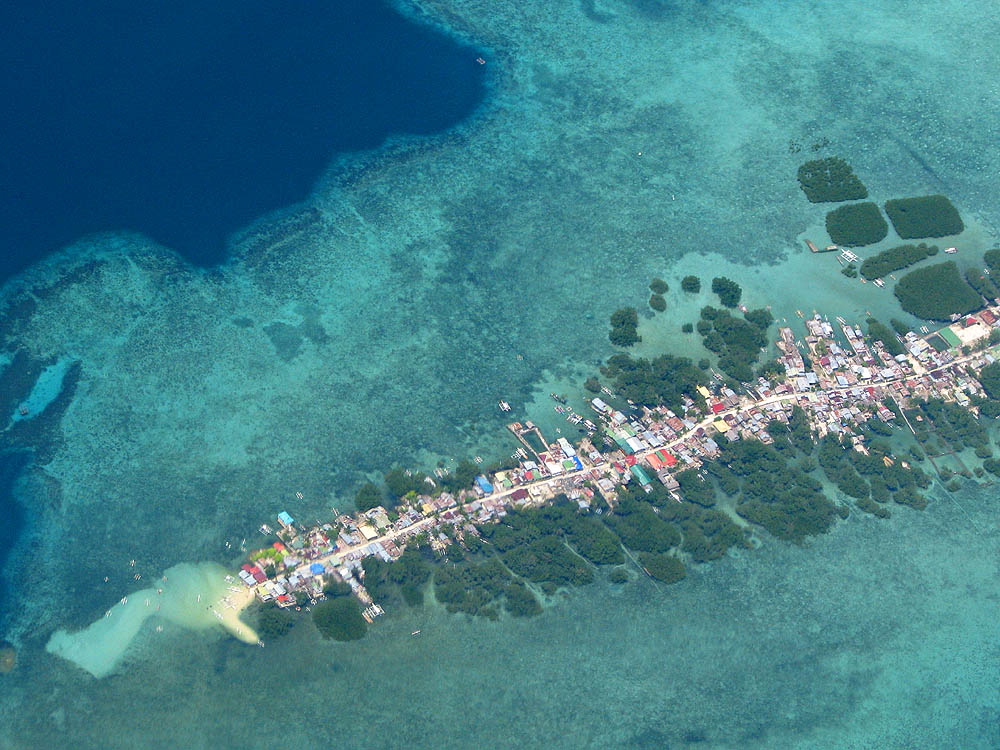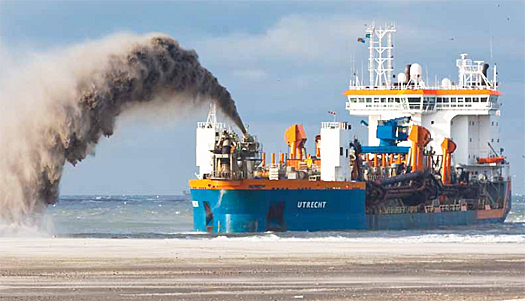Coastal development often links to the expanding human population that calls for the building of more human settlement, industry and infrastructure through land reclamation which threatens or destroys the nearshore ecosystems that includes the coral reefs ecosystem.

Aerial view of densely populated Central Visayas, Philippines; Source: Photo by Storm Crypt on Flickr
The Philippines has one of the highest population density rates in coastal Asia, with 4,500 new residents born each day. As such, coastal development is almost continuous and large in scale to accommodate the Philippines’ growing human population, with coastal development along her crowded shoreline threatening nearly 60 percent of coral reefs.
In order to create more space for the growing population, land reclamation, which is the creation of new land by landfilling coastal areas, is carried out and this destroys the coral reefs system and affect many other marine species. The Cordova Reclamation Project, which is the largest proposed coastal reclamation project in the Philippines, is estimated to affect about 640 hectares of coral reef area and incur a damage of U.S. $31.6 million to coral reefs in 30 years’ time.
On top of the damage inflicted on the coral reefs due to land reclamation, with increasing human settlement and industry, more wastes and pollution will be created and dispersed into the adjacent waters, affecting the quality of the seawater and the health of sensitive coral reefs and other marine organisms.

Example of Marine-based Pollution; Source: Dutch Water Sector
Pollution can be in the form of watershed-based pollution, which is primarily from agricultural runoff and erosion of deforested slopes. Marine-based pollution is also another form of pollution from commercial, recreational or passenger vessels that are in the coast of the Philippines which threaten the coral reefs with contaminated bilge water, fuel leakages, raw sewage, solid waste and invasive species.

Barely living – Almost dying coral reefs in Anilao, Batangas, Philippines; Source: Photo by Jun Acullador on Flickr
In the Philippines, the annual economic loss due to water pollution is about U.S. $1.3 billion, with the loss in fisheries productivity and damage to coral reefs accounting for an estimated 25 percent of this annual economic loss.
